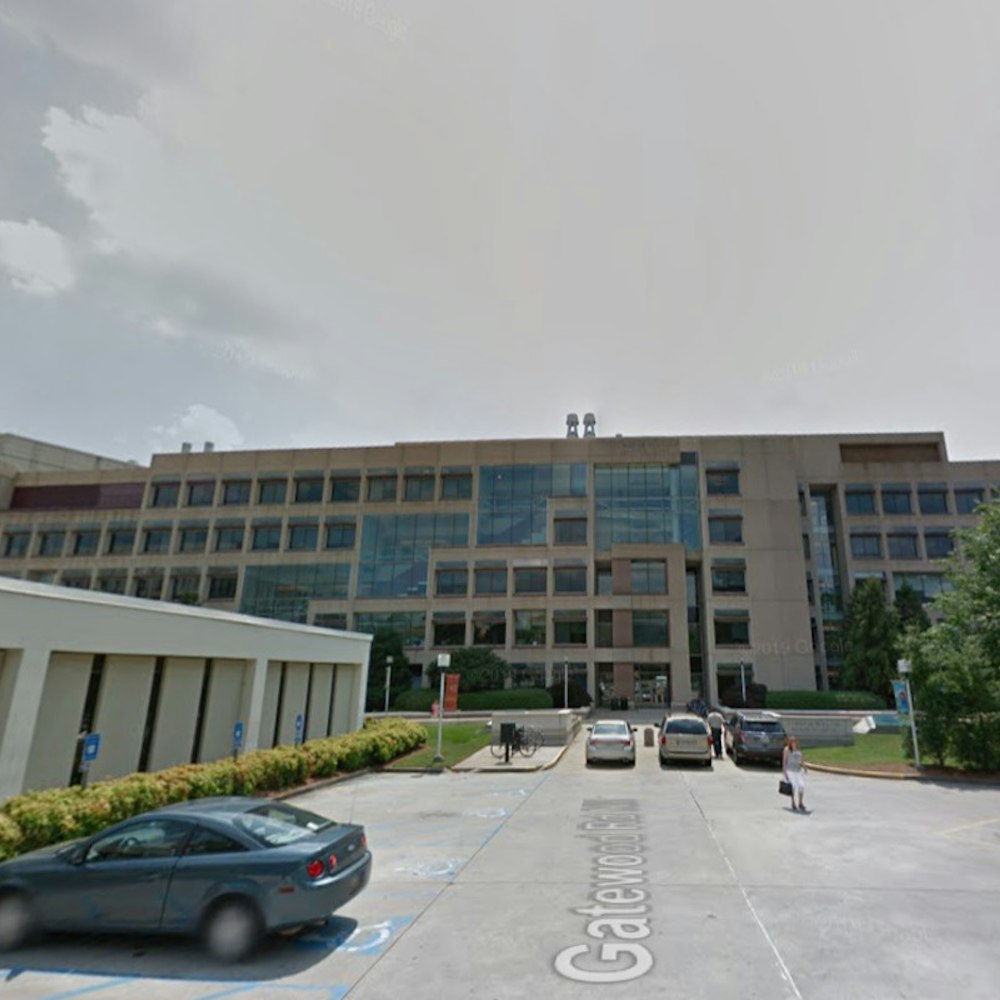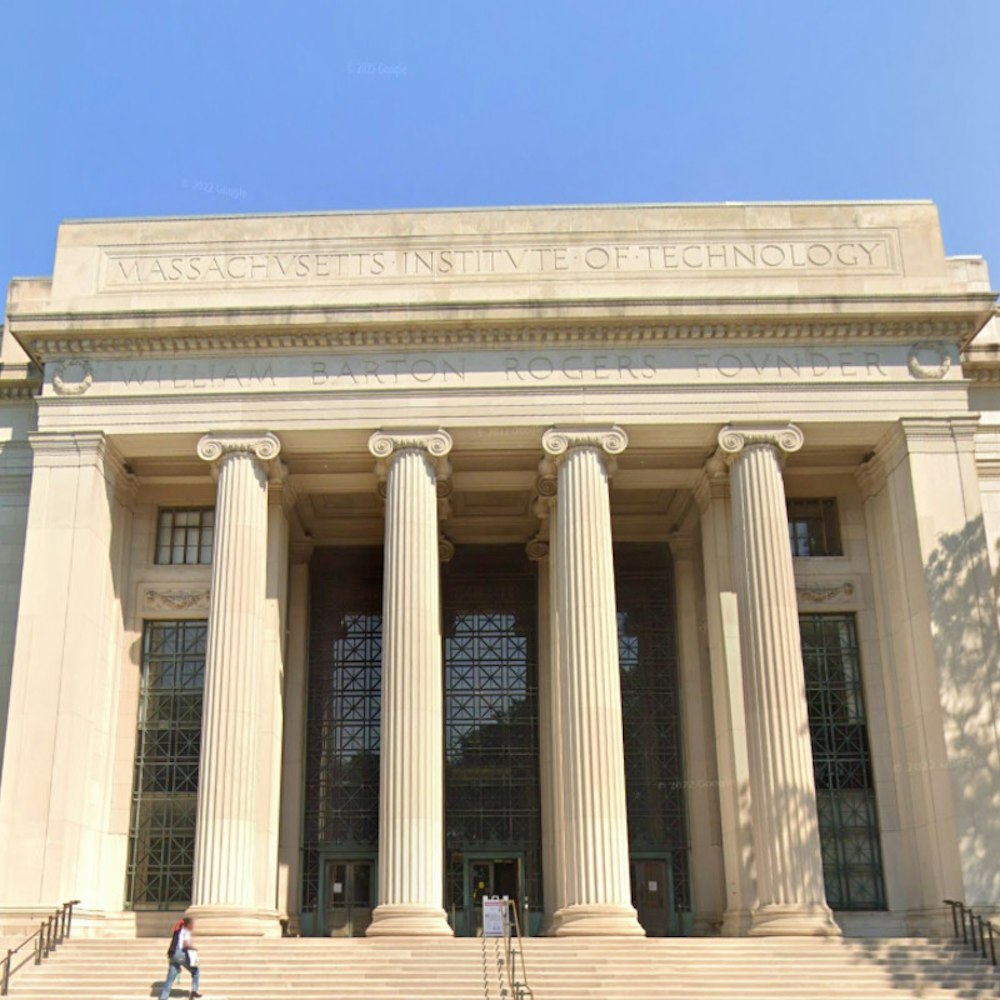
The north end of Wood St. in West Oakland is a frontage road for warehouses, Raimondi Park athletic field, and one of the city’s largest homeless encampments. Constructed largely of plywood, plastic tarps and an assortment of vehicles in varying states of repair, the population includes individuals and families.
Against a chain-link fence, a line of tents, RVs, trailers and sheds extends from Grand Ave. to 26th Street. At times, the camp creeps several feet into Wood St., already made narrower by railroad tracks and delivery trucks.

On the evening of January 1, a fire broke out in a section of the camp managed by Lee, a disabled veteran. Off and on, he estimates that he’s lived on Wood Street for four years.
That night, a guest smoking a cigarette “lost track of things” and started the fire, he said. As we talk, a bulldozer gathers the burnt remnants of his home, as a police car with flashers on blocks the road. Firefighters arrived about a half hour after the fire began.

“I asked them why it took so long,” he said, watching the cleanup crew. “If they had got here in time, I probably could have saved some of it.” Today, his living space is limited to a Ford minivan on blocks, which he shares with his dog. The Red Cross visited him afterwards to offer a $125 voucher and a tent.
“I don’t live in tents, though,” noted Lee, who lost power tools, a generator and a television. “I don’t know what to do now,” he said, adding that he hopes one of the church groups that drop off food a few times each week might bring “nails, wood or whatever they feel we need.”
According to Lee and his neighbor, a woman who goes by “Random Citizen,” the camp's population fluctuates with the seasons. “We started with around fifteen in May, we’re up over fifty now,” she said. “Closer to a hundred,” added Lee.

City officials selected a smaller encampment at 35th and Magnolia to use as a pilot for Compassionate Communities, a program that provides residents with washing stations, portable toilets, trash pickup, mental health outreach, and access to other services.
The program is intended to help transition people into permanent housing. The camp at 35th & Magnolia was sanctioned because it had fewer than fifty residents, said Councilmember Lynette Gibson McElhaney. “Wood Street is considerably larger,” she told Hoodline via email.
Approximately three-quarters of Oakland’s homeless population lives in District 3, which encompasses West Oakland and downtown. Working with Alameda County Supervisor Keith Carson, McElhaney helped secure $190,000 in city funding for the encampment at 35th & Magnolia.

That camp, which opened in October, is slated to close permanently by March 31. Citizen, who refers to the Wood Street homeless village as “Camp One,” said Camp Two, the sanctioned facility, is overcrowded. “They’re like rats in a cage,” she said. “I don’t see how they get along.”
To Lee, Compassionate Communities is a form of political posturing. “I was told that the mayor put that there because she was looking for votes,” he said. “Why did she just do it for that encampment and not us? Because we’re one of the larger ones out here and we really could use help.”
For many of the Wood Street encampment’s housed neighbors, the camp's presence has had a direct impact on their quality of life.

Some residents feel unsafe driving so close to people, dogs and their belongings. The encampment also generates additional trash that’s collected on an ad hoc basis. “We do get a good response from the city through adopt-a-street,” said Citizen.
“I call and they come once a week and pick up the trash, but we get a lot of people coming from other places to dump trash,” she noted.
Lee and Citizen, a former Bay Area homeowner, said they empathize with neighbors who are uneasy. “There are a lot of crazy people around here, but we try to keep order,” Lee said. "We want to make it as safe as possible because we understand the situation."

Although Citizen said she's lost possessions to arson and has been sexually assaulted on Wood Street, but prefers it to homeless shelters.
"I have a backyard here," she said. "I plan on getting some chickens and gardening, if my neighbors will allow it. I see lots of opportunity here."
“What people should realize is that it’s hard living out here, but we’re a culture, we’re not a problem,” said Citizen. “If we are a problem, then we need to work an etiquette out with the city and our neighbors.”
Next: Housed neighbors near the Wood St. encampment discuss efforts to create sustainable solutions for area homelessness.


-2.webp?w=1000&h=1000&fit=crop&crop:edges)






